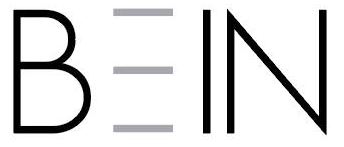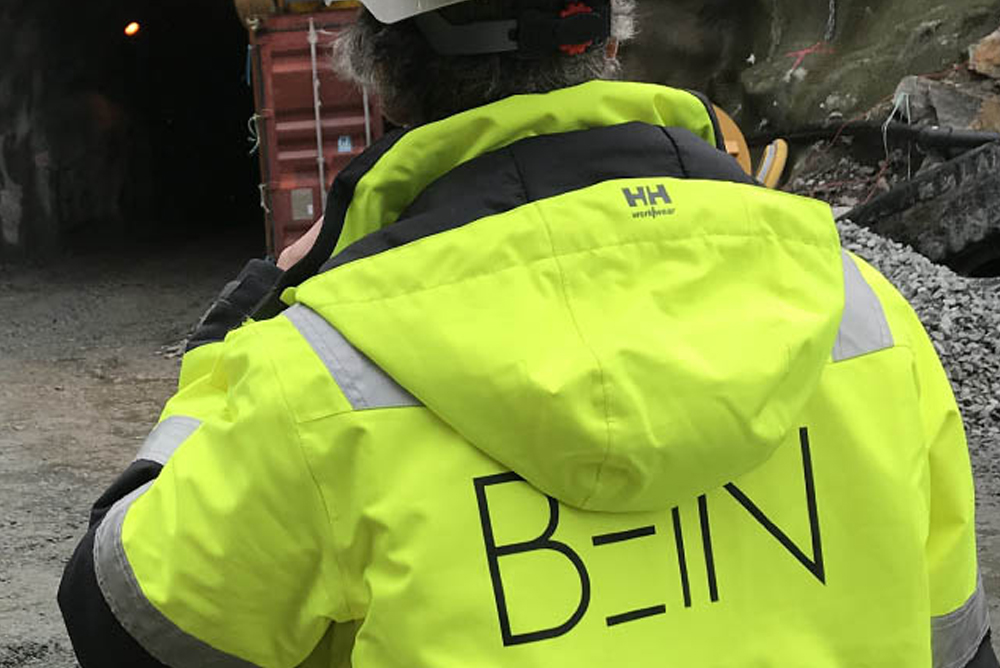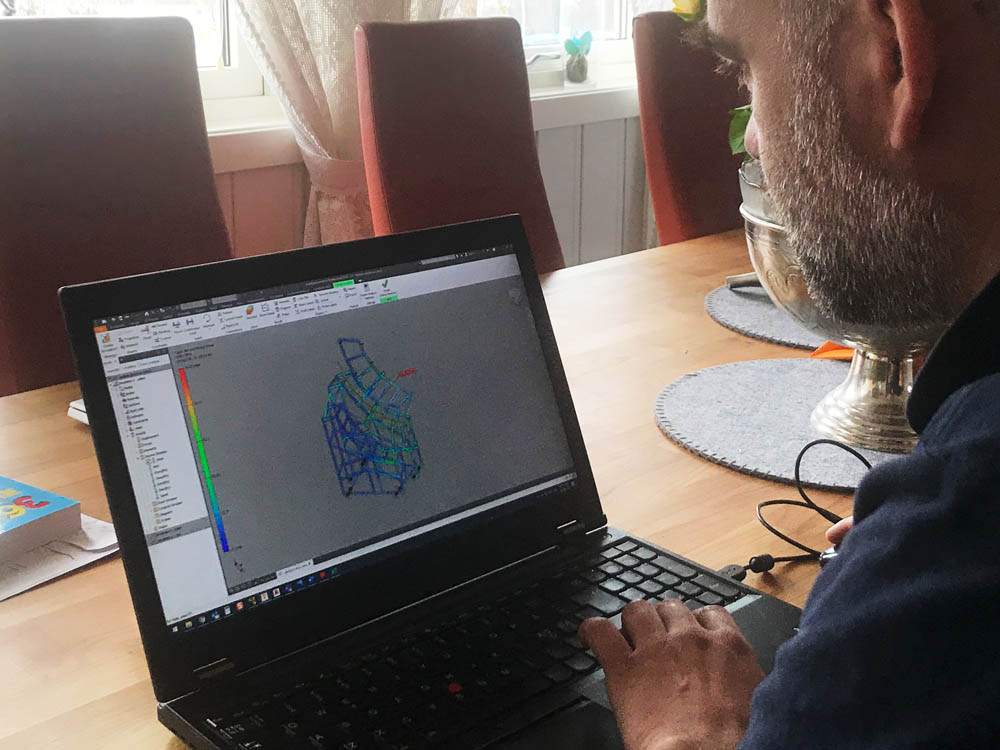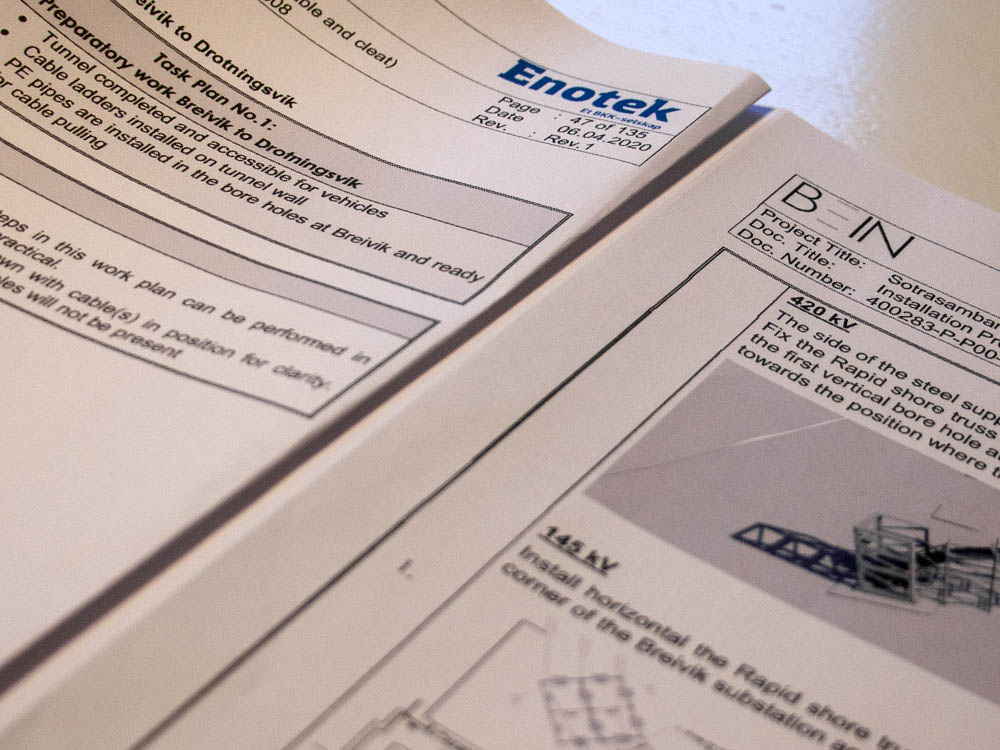
Critical and important infrastructure
We like to take for granted that the morning coffee is hot, that we can use our electric car to work and that the PC and phone works properly. The common denominator that makes this possible is electric power. This is just a fraction of the electrical aids and tools we use in our daily life.
Over the last hundred years, humans have become more or less dependent on electricity. For today’s generation it is almost impossible to imagine a life without electricity. Without electricity, all the world’s cold stores would cease to function and the preservation of fresh food would be impossible. All ATMs would stop working, all flights would be canceled since communication systems, WiFi and telephone would stop, to name a few.
Electric supply is on the The Norwegian Directorate for Civil Protection (DSB) list of the basic needs of the population and society and has been a high priority during the Covid-19 epidemic.
Cable installation over Sotrasambandet (The Sotra Connection)
BKK Enotek delivers a number of services within engineering, construction and operation of such critical infrastructure to Norwegian customers. In connection with a new road project called the Sotrasambandet (The Sotra Connection), initiated by Statens Vegvesen (The Norwegian Public Roads Administration), BKK Enotek has been given responsibility for the installation of 9 power cables from Litlesotra, over the old Sotra bridge and to Alvøen / Breivik. The existing high-voltage lines will be removed for this section, when the new cables are in operation.
BEIN Engineering has been fortunate to assist Enotek in this exciting and challenging project. Our tasks in the project have been to write the installation procedure, analyse and calculate the cable runs and to design both permanent installation bends and temporary installation aids.
Due to the challenging route, it has been important to have a detailed procedure with good illustrations to show important steps for a successful installation. 3D visualization is one of BEIN’s specialties and the customer was very pleased with the level of detail and the visual impression in the procedure.
The are 6 pieces of 420kV cables and 3 pieces of 145kV to install. The total length of the route is 4350 meters divided into three sections. The largest cables have a diameter of 133 mm and have a stiffness corresponding to a solid iron bar with 35 mm in diameter. They are routed through a challenging sections with narrow passages and many angular changes with a minimum bending radius of 2.7 meters.
Demanding pull-in operations
The cable route goes through narrow shafts, vertical and horizontal boreholes, through two tunnel sections, culverts and vertical shafts and over the underside of the Sotra bridge itself. In other words, it’s a very demanding route. During normal pulling operations, the cables are usually pulled next to the clamps before it is lifted into place and clamped. That methodology will mainly also be used on the Sotra connection, but in some parties it is so cramped that we had to think outside the box.
After considering several concepts for pulling through vertical shafts and culverts, it was decided to pull the cables straight into place in special purpose made clamps.
To maintain the cables’ smallest bending radius and the minimum distance between the cables, the clamps were attached to purpose built truss structures. We designed a total of 9 such truss structures distributed over three locations. In the illustration below, you see one of the challenging points on the route where the cables come down from the viaduct at the Sotra bridge, through a vertical bend at the top of the shaft, through a new vertical bend at the bottom before entering the tunnel.
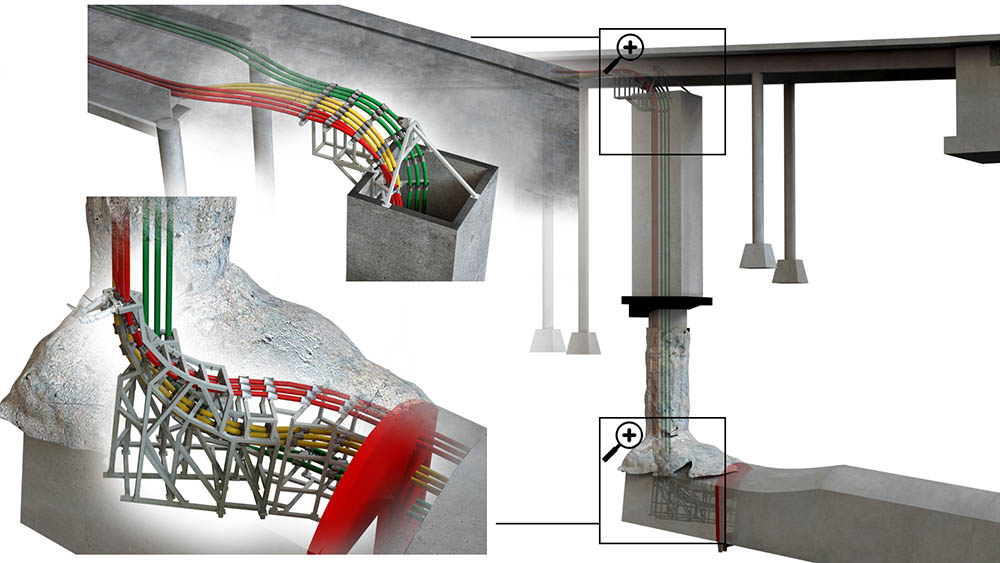
All the bends are made of non-magnetic stainless steel considering the magnetic loads between the conductors in in the event of a short circuit. The bends must also withstand cable tension up to 5 tonnes when the cables are pulled through. As part of the delivery, BEIN Engineering has prepared a design report with analysis of the structures.
Special design of installation aids
The cables are pulled at ground level through both tunnel sections before they are finally lifted up on cable trays that are attached to the tunnel wall. The upper cable tray 2.5 meters above the tunnel floor. With a total tunnel length of 2900 meters and a cable weight of 17 kg per meter, it would be an extremely time-consuming, difficult and risky operation to lift the cable up on the cable trays manually.
To solve this, BEIN Engineering developed and built a mechanical cable lifter that is attached to the rototilt unit on an excavator. The cable lifter has a hydraulic traction roller which is used to lift the cable up from ground level and up into the cable trays while the excavator moves along the cable. At the end of the cable lifter there is a hydraulic arm that can move the cable from side to side. In this way, the cable can be laid in a sine configuration, so you get a controlled expansion of the cables when they are loaded and the temperature rises. Both the traction roller and the hydraulic arm receive hydraulic supply from the excavator and are controlled with a simple remote control.
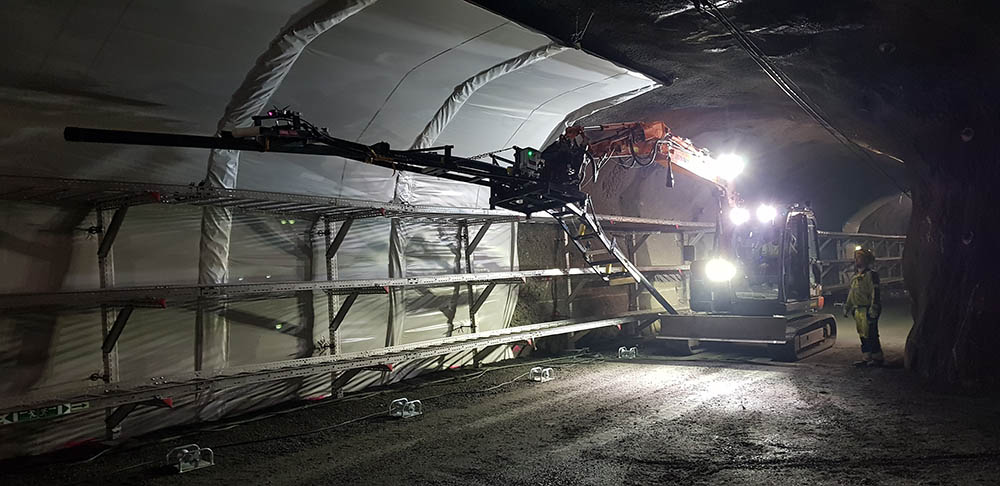
There is also necessary with other installation aids to enable a successful cable installation. One example is at the boreholes in the tunnel roof. To guide the cable from the borehole down to ground level without scraping against the edge of the borehole, a roller bend is required. Since there are so many boreholes, it is not appropriate to have a roller bend for each borehole. BEIN Engineering has therefore designed a roller bend that is attached to the rototilt unit of the excavator so that it can be easily positioned at the various boreholes.
The traction wire will wear the clamps at the shafts and culverts to pieces during the pulling operation. In most places it can be routed around using snatch blocks, but at the bridge section itself this is not possible. Therefore, we designed and calculated simple racks with wire wheels for routing the traction wires.
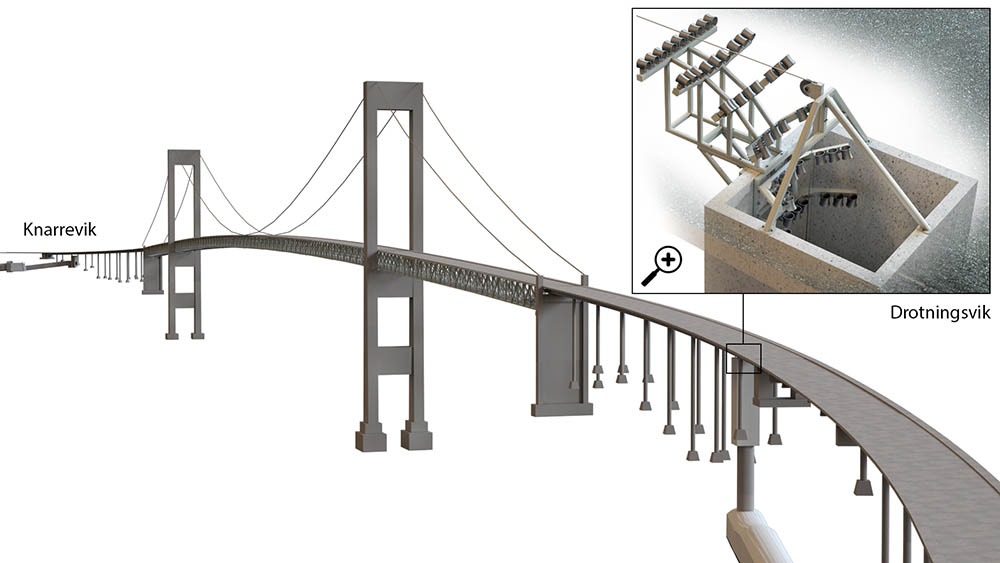
BEIN Engineering is pleased to have taken part in this challenging and exciting project and wishes BKK Enotek good luck with the installation.
